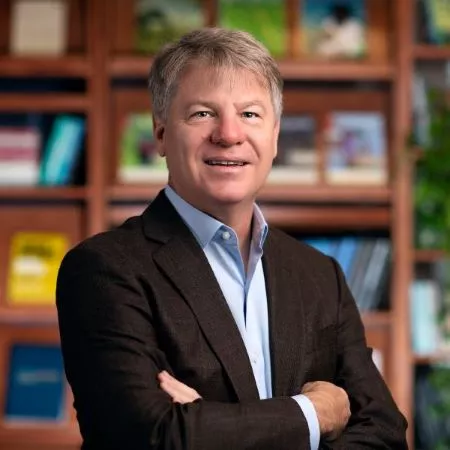In this lecture, Dr. Jim Boyd presents a real-world example of how economics can be used to improve decision-making. He presents a case study in which economic approaches are used to inform investments in conservation to maximize the environmental outcomes. In the simplified case, the goal is to protect a fixed number of species the cheapest way possible or, on the flip side, ask how to maximize the number of species protected on a fixed budget. He discusses the need for considering the opportunity costs, focusing on the marginal impact of a protection decision relative to alternatives, the probability the land in question may be developed if it is not conserved, the “leakage” effect on development nearby that protection could cause, and the need for a counterfactual. He closes by considering some limitations of such approaches, particularly in association with tools that have been developed to help communities consider return-on-investment decisions.
-
About the Presenters
James Boyd
Director of Social Science & PolicyDr. James Boyd was SESYNC's Director of Social Science and Policy from 2011 to 2022, while also a Senior Fellow at Resources for the Future in Washington, DC, holding the Thomas Klutznick Chair in Environmental Policy. James earned his PhD from the University of Pennsylvania’s Wharton School and has been a visiting professor at Stanford University and Washington University in St Louis. James’ research emphasizes collaboration between ecologists and economists to guide decisions that affect natural resources. His work considers how natural systems contribute to economic wealth and social well...
James Boyd
Director of Social Science & PolicyDr. James Boyd was SESYNC's Director of Social Science and Policy from 2011 to 2022, while also a Senior Fellow at Resources for the Future in Washington, DC, holding the Thomas Klutznick Chair in Environmental Policy. James earned his PhD from the University of Pennsylvania’s Wharton School and has been a visiting professor at Stanford University and Washington University in St Louis. James’ research emphasizes collaboration between ecologists and economists to guide decisions that affect natural resources. His work considers how natural systems contribute to economic wealth and social well-being and how policies can be designed to protect and enhance valuable ecosystem goods and services. James has worked with diverse partners from government, non-governmental organizations (NGOs), and private-sector institutions, emphasizing close collaboration between decision makers and academic researchers to generate science that is useful and practical in real-world settings. He has served on government and private advisory panels, including the National Academy of Sciences, U.S. Environmental Protection Agency (EPA) Science Advisory Board, the Ecological Society of America, and others, including the U.S. EPA’s Committee on Valuing Ecological Systems and Services. As a consultant, he has advised the World Bank, European Commission, numerous federal and state agencies, and NGOs concerned with conservation and environmental protection.
External Links:
https://www.rff.org/people/james-w-boyd/ -
Supporting Materials
Presentation slides:
Document
Reading List:
Boyd, J., Epanchin-Niell, R. and Siikamäki, J. (2015). Conservation Planning: A Review of Return on Investment Analysis. Review of Environmental Economics and Policy, 9(1), 23–42.
